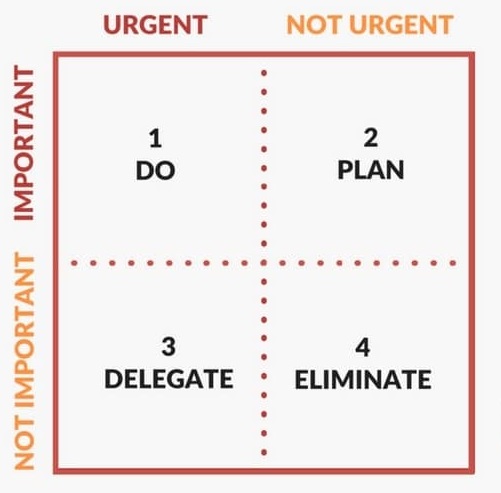Mr. Avneesh Singh is the Director – Schools for Little Millennium Education Pvt. Ltd. As a seasoned education professional, he has almost a decade of experience in running and managing large international schools in the country. Mr. Avneesh has done a significant amount of work in Leadership development and operational effectiveness in schools. He has also been instrumental in putting unique performance-based pedagogical interventions into the schools. With a strong interest in Inclusive Education, he has built models and teams from scratch to be able to serve children from across the spectrum of learning needs.
An avid reader, Mr. Avneesh is a frequent speaker on multiple aspects of education on various educational forums. He holds a bachelor’s degree in Engineering from the Indian Institute of Technology (ISM), Dhanbad and an MBA in Strategy and Leadership from the Indian School of Business, Hyderabad. He also holds a certificate in Business Analytics from Wharton. He is trained on various leadership frameworks like Situational Leadership etc. and numerous short term courses like School Leadership in 21 st Century by the National Institute of Education, Singapore.
“A parent waiting at the reception for one to one meeting, a substitute teacher who is unable to handle the class, a team meeting to be chaired within the next 15 mins, lunchtime is already over, a student got hurt while playing in the field and expected high profile visitor has already reached the campus” – welcome to the world of a school leader.
School leaders have a tough operational job which is all about balancing priorities. A typical school day is mentally and often emotionally draining for the school administrators. A clear outcome of that is that most of their time gets spent in the first quadrant of “The Eisenhower Matrix”, the urgent – important quadrant.

As a result of this, the most important quadrant, which is quadrant – 2 for planning gets grossly neglected to lead to long term loss for the school as none of the school leaders spend time thinking about the future.
Let’s take a look at another set of scenarios. A teacher, who was doing very well as an individual contributor, messed up a new across the school inclusion initiative that was close to the Principal’s heart. Nobody knows what went wrong; the Principal gave complete freedom to her for the initiative. Another senior-school teacher, who had been in the school for 15+ years was hand-held personally by the Principal on a new academic senior school initiative. However, 1 month into the implementation, she quit citing personal reasons. There were speculations in the school over her disagreement with the Principal on the ways of working but again no one knows what went wrong. If we look at it objectively, two great resources, who had all the right credentials, failed miserably in something new that was assigned to them.
How could have the Principal handled it better? Could the “Situational Leadership” model have helped her?

Maybe the first teacher under discussion needed a lot of “Coaching” since she was in the S2-D2 segment. She needed a lot of direction and may not be great at handling inclusion specifically. The other teacher under discussion possibly was an S4-D4 but was handled with an S2 approach leading to her resignation. A lot of times school leaders end up judging a person, a teacher and generalize both positive and negative thoughts about them. However, what’s important is being able to dissociate the situation and the individual. This is one of the key pillars of the situational leadership model which mentions that we all may be at various levels of development depending upon the task at hand and the level of commitment and therefore need different directive behaviors depending upon the situation.
Imagine the hundreds of transactions like this that take place in a school on any given day. Be it interactions between the top leadership and the middle managers, or between the middle managers and the foot soldiers (the teachers) or between the leader of the class (the teachers) and students or their parents. Now throw into the mix the constant churn across the school leadership, teachers and students leading to a highly dynamic environment. Therefore, a school can’t get success by just the quality of the teaching-learning, academic performance or student placements. What differentiates a great school from a good school is the ability to systematically handle these interactions to generate the best possible outcome for the school. Avoiding sub-optimal decision making.
The reason I mentioned these examples was to bring out the importance of “Leadership Training and development in schools”. The idea should be extended to the students at school as well but my note today keeps that out of the mix for now.
School administrators are often assumed to know it all as they are experienced individuals. However, just like in any other field, there is a constant need to train and re-train the leadership team. I would refer back to the cliched “sharpening of the sword” adage here. So how should a school design the professional development plan of their top and middle leadership for taking care of their leadership needs? Here are some pointers: –
- Management identified programs – When the management or leadership goes through the annual performance review process, the areas of development should be identified for each leader especially when it comes to leadership. The basis that, they should be provided training on their specific need to make them better leaders.
- Leader identified programs – Every leader has a role model and very often, there is an underlying urge to become like them. The leaders should be allowed to identify and invest in the areas of leadership that they think will make them better leaders.
- Providing exposure – Exposure is one of the key elements of leadership development. It prevents the “frog in the well” mindset from setting in and inspires people as well. Both national and international exposure should be a part of the professional development plan for each leader. The right exposure can be truly transformational for many.
- Provide comprehensive training – Leadership theories themselves evolve and it is a good idea to train the team on leadership with a first principle approach to get a fresh perspective on things. For example, something which is very commonly talked about in schools is “leadership approaches in handling millennial parents”. The whole team should be trained in leadership models from time to time.
- Leadership coach – Last but not the least is finding a one-to-one mentor or coach for the school leader. While this is a common practice across many industries, its not so common in schools yet. Senior leaders are often lonely at the top and often find comfort and tangible outcomes with a coach.
What may look like a significant investment delivers the desired results very quickly. Not only does investment in leadership development leads to better leadership alignment but it also makes the school a happy place for the students, teachers, and parents.
After all, that’s what we all want. Don’t we?




